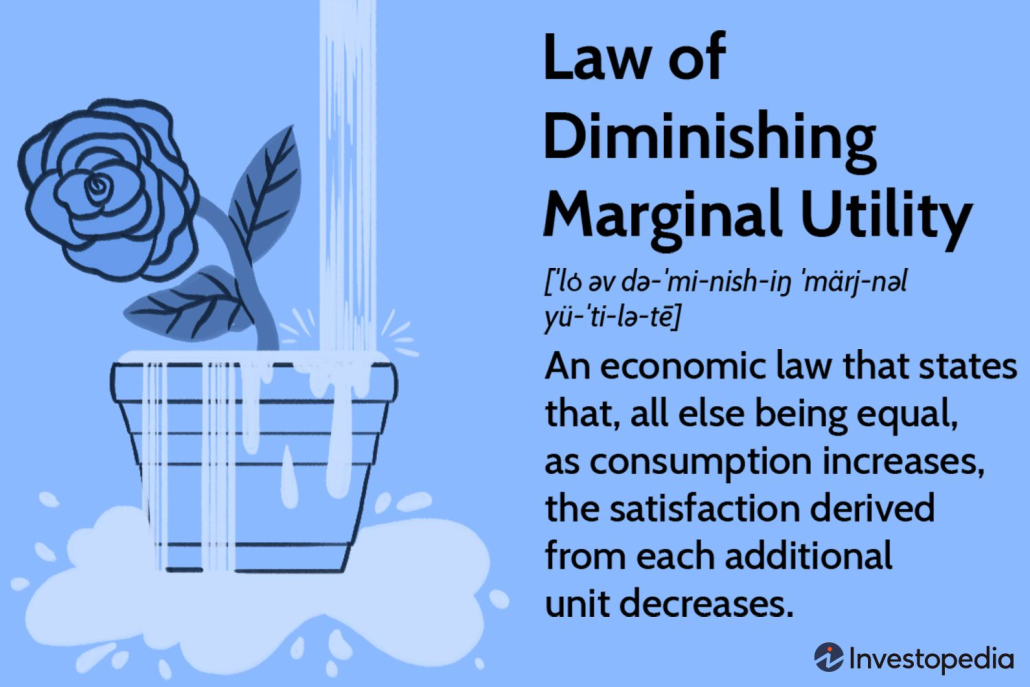Economics Keypoints: Theory Of Consumer Behaviour; The theory of consumer behavior is an important concept in economics that attempts to explain how consumers make choices and allocate their resources to different goods and services. It provides insights into how consumers derive utility from consuming different goods, and how their preferences and choices are influenced by changes in prices and income. In this article, we will discuss the basic concepts, principles, and applications of the theory of consumer behavior.
Study other economics keypoints here
Economics Keypoints: Theory Of Consumer Behaviour
A. Basic Concepts
i. Utility: Utility is the satisfaction or benefit derived from consuming a good or service. It can be measured in several ways, including cardinal, ordinal, total, average, and marginal utilities. Cardinal utility assigns a specific numerical value to utility, while ordinal utility ranks goods in order of preference. Total utility is the overall satisfaction derived from consuming a given amount of a good, while the average utility is the total utility divided by the quantity consumed. Marginal utility is the change in total utility resulting from a one-unit change in the consumption of a good.
ii. Indifference curve and budget line: An indifference curve is a graphical representation of a consumer’s preferences for different combinations of two goods. It shows all the combinations of two goods that provide the same level of utility to the consumer. A budget line represents the different combinations of two goods that a consumer can afford given a fixed budget and prices. The slope of the budget line reflects the relative prices of the two goods.
B. Diminishing Marginal Utility and the Law of Demand

The law of demand states that the quantity of a good demanded by consumers decreases as its price increases, ceteris paribus. This law can be explained by the principle of diminishing marginal utility, which states that as a consumer consumes more of a good, the marginal utility derived from each additional unit of the good decreases. Thus, a consumer will only be willing to pay a higher price for a good if the marginal utility derived from consuming it exceeds the price.
C. Consumer Equilibrium using Indifference Curve and Marginal Analyses
Consumer equilibrium occurs when a consumer is consuming a bundle of goods that maximizes their utility given their budget constraint. This can be determined using marginal analysis, which involves comparing the marginal utility per dollar of each good. The consumer will choose the bundle of goods where the marginal utility per dollar is the same for both goods. This is where the indifference curve is tangent to the budget line.
D. Effects of Shift in the Budget Line and Indifference Curve
A shift in the budget line can be caused by changes in income or prices. An increase in income shifts the budget line outward, while a decrease shifts it inward. Changes in the prices of the two goods will cause the budget line to pivot around the intercept of the axis of the good whose price has changed. A shift in the indifference curve reflects a change in the consumer’s preferences. If the indifference curve shifts outward, the consumer’s overall satisfaction increases, and vice versa.
E. Consumer Surplus and its Applications
Consumer surplus is the difference between the total amount that a consumer is willing to pay for a good and the amount they actually pay. It is a measure of the net benefit that a consumer derives from consuming a good. Consumer surplus can be used to estimate the total benefits to society from the consumption of a good or service. It can also be used to analyze the impact of policies such as price ceilings or taxes on consumer welfare.
In conclusion, the theory of consumer behavior provides important insights into how consumers make choices and allocate their resources.
The concepts of utility, indifference curves, and budget lines are fundamental to understanding the theory. The principle of diminishing marginal utility explains the law of demand, while consumer equilibrium is achieved when marginal utility per naira is equal for both goods. Shifts in the budget line and indifference curve reflect changes in income, prices, and preferences.
Consumer surplus is a useful concept that can be used to analyze the welfare implications of different policies and changes in the market. By understanding the theory of consumer behavior, economists and policymakers can better predict and analyze consumer behavior and its impact on the economy.
Economics Keypoints: Theory Of Consumer Behaviour
i. Appraising the Various Utility Concepts: Utility is a measure of the satisfaction or usefulness that a consumer derives from consuming a good or service. There are several utility concepts, including cardinal utility, ordinal utility, total utility, average utility, and marginal utility.
Cardinal utility measures utility in absolute numbers, while ordinal utility measures it in relative terms. Total utility is the total amount of satisfaction that a consumer derives from consuming a certain amount of a good or service, while the marginal utility is the additional satisfaction that a consumer derives from consuming one more unit of a good or service. The average utility is the total utility divided by the quantity consumed.
ii. Applying the Law of Demand using the Marginal Utility Analysis: The law of demand states that as the price of a good or service increases, the quantity demanded of that good or service will decrease, and vice versa. The marginal utility analysis explains this law by stating that as a consumer consumes more units of a good or service, the marginal utility of each additional unit decreases. As a result, the consumer is willing to pay less for each additional unit. Therefore, the demand for a good or service decreases as its price increases.
iii. Using Indifference Curve and Marginal Analyses to Determine Consumer Equilibrium: Consumer equilibrium is the point at which a consumer maximizes his or her utility subject to his or her budget constraint. This is achieved by combining the consumer’s indifference curve and budget line. The indifference curve represents the combination of two goods that provide the same level of satisfaction to the consumer.
The budget line represents the combination of two goods that the consumer can afford to purchase given his or her budget. Consumer equilibrium is achieved when the indifference curve is tangent to the budget line, indicating that the consumer is maximizing his or her utility.
iv. Associating the Income and Substitution Effects: The income effect refers to the change in quantity demanded of a good or service resulting from a change in the consumer’s purchasing power due to a change in price. The substitution effect refers to the change in quantity demanded of a good or service resulting from a change in its relative price.
These two effects work together to determine the consumer’s response to a change in price. If the price of a good or service increases, the income effect will decrease the quantity demanded, while the substitution effect will increase it. The net effect depends on the magnitude of the two effects.
v. Applying Consumer Surplus to Real-Life Situations: Consumer surplus is the difference between the amount that a consumer is willing to pay for a good or service and the amount that he or she actually pays. It represents the consumer’s surplus satisfaction from consuming the good or service.
Consumer surplus can be used to measure the welfare gains from changes in the market, such as a decrease in the price of a good or service or an increase in the quantity supplied. It can also be used to measure the net benefits of a government policy, such as a tax or subsidy on a good or service.






